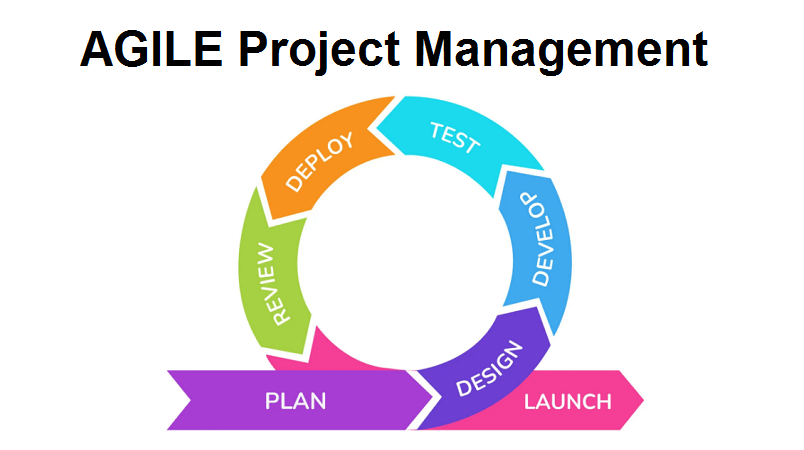
Agile Project Management has emerged as a revolutionary approach to project execution, fostering adaptability, collaboration, and customer satisfaction. In an ever-evolving business landscape, where change is constant, Agile methodologies provide a flexible and iterative framework to manage projects efficiently. This comprehensive guide aims to explore the principles, practices, and benefits of Agile Project Management.
Understanding Agile Project Management:
- Origins of Agile: Agile Project Management finds its roots in the Agile Manifesto, crafted in 2001 by a group of software developers seeking a more adaptive and customer-centric approach to project management. The manifesto prioritizes individuals and interactions, working solutions, and customer collaboration over rigid processes and documentation.
- Agile Principles: Agile is guided by 12 fundamental principles that emphasize customer satisfaction, adaptability, and collaboration. These principles encourage iterative development, continuous delivery, and responsiveness to change, fostering a dynamic and customer-focused project environment.
Agile Methodologies:
- Scrum: Scrum is one of the most popular Agile frameworks, promoting teamwork, accountability, and iterative progress. It divides projects into fixed-length iterations called sprints, allowing teams to deliver a potentially shippable product increment at the end of each sprint.
- Kanban: Kanban focuses on visualizing work, limiting work in progress, and maximizing flow. It provides a visual representation of the project’s workflow, helping teams manage and optimize their processes continuously.
- Extreme Programming (XP): Extreme Programming emphasizes delivering high-quality software through frequent releases and continuous feedback. It incorporates practices such as pair programming, test-driven development, and continuous integration to enhance software development efficiency.
Agile Project Management Practices:
- Backlog Management: The product backlog is a dynamic prioritized list of features or user stories that the team works on during a project. Regular backlog grooming sessions ensure that the most valuable items are at the top, ready to be tackled in upcoming iterations.
- Sprint Planning: Before each sprint, the team engages in sprint planning to select and commit to a set of backlog items. This involves breaking down tasks, estimating effort, and establishing a realistic goal for the upcoming iteration.
- Daily Stand-ups: Daily stand-up meetings, or daily scrums, provide a platform for team members to synchronize their activities, discuss progress, and identify potential obstacles. These short, daily gatherings enhance communication and collaboration within the team.
- Retrospectives: At the end of each sprint, Agile teams conduct retrospectives to reflect on what went well, what could be improved, and how to implement those improvements in the next iteration. This continuous feedback loop promotes a culture of learning and adaptability.
Benefits of Agile Project Management:
- Increased Flexibility: Agile’s iterative approach allows teams to adapt quickly to changing requirements, reducing the risk of delivering obsolete or unnecessary features.
- Customer Satisfaction: By involving customers throughout the development process and delivering incremental value in each sprint, Agile ensures that the final product meets customer expectations more effectively.
- Improved Collaboration: Agile methodologies emphasize regular communication and collaboration among team members, fostering a culture of shared responsibility and accountability.
- Faster Time-to-Market: Agile’s focus on delivering a minimum viable product in short iterations accelerates the time it takes to bring a product or feature to market, enabling companies to respond swiftly to market demands.
Conclusion:
Agile Project Management has evolved into a cornerstone of modern project execution methodologies, providing organizations with the tools and mindset needed to thrive in today’s dynamic business environment. By embracing Agile principles and methodologies, teams can enhance collaboration, and adaptability, and ultimately deliver superior value to their customers.
You might also like our TUTEZONE section which contains exclusive tutorials on how you can make your life simpler using technology.




